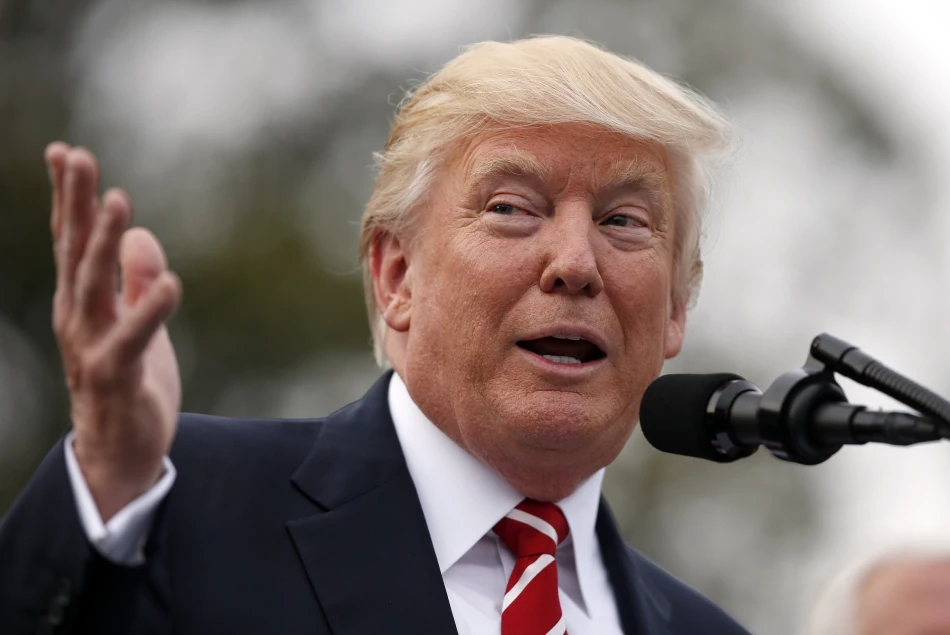
Trump Imposes Steep Tariffs on Dozens of Countries, Escalating Trade Tensions
Trump's Tariff Blitz: A Strategic Gamble That Could Reshape Global Trade
President Donald Trump has unleashed sweeping tariffs on 69 trading partners, imposing rates as high as 50% on Brazil and 35% on Canada in a bold attempt to restructure America's trade relationships. The move, which took effect Friday, has already triggered the worst weekly performance for Asian stocks since April and signals a fundamental shift toward economic nationalism that could redefine global commerce for years to come.
The Scope of Trump's Trade War 2.0
Trump's executive order represents the most comprehensive tariff offensive in modern American history. The rates vary dramatically by country: Brazil faces 50% tariffs, Switzerland 39%, Canada 35%, India 25%, and Taiwan 20%. Countries not subject to specific tariff schedules will face a baseline 10% import tax—a rate Trump has indicated could rise further.
The president leveraged emergency powers to bypass traditional legislative processes, despite federal appeals court judges questioning the legal basis for such sweeping trade measures on Thursday. This aggressive approach mirrors Trump's first-term trade strategy but with significantly broader scope and higher stakes.
Winners and Losers in the New Trade Landscape
Mexico emerged as the clear winner, securing a 90-day exemption from the 30% tariff threat to negotiate a broader trade agreement. However, Trump maintained punitive measures on Mexican steel, aluminum, copper, and automotive imports, suggesting the reprieve comes with strings attached.
China, surprisingly, received an extended negotiation window until August 12, following preliminary agreements reached in May and June. This suggests Trump views the U.S.-China trade relationship as too complex and economically significant to resolve through immediate tariff escalation.
Market Reaction Reveals Deep Economic Concerns
Financial markets have responded with predictable alarm. Asian equities are heading toward their worst weekly performance since April, while European stocks hit three-week lows Friday. The sell-off reflects investor fears that Trump's tariff strategy could trigger retaliatory measures, disrupt supply chains, and ultimately harm American consumers through higher prices.
Currency markets have also reacted sharply. India's rupee declined following Trump's threat of additional penalties related to New Delhi's oil purchases from Russia, highlighting how trade policy increasingly intersects with geopolitical considerations.
Strategic Logic Behind the Tariff Offensive
Trump's approach appears designed to create maximum negotiating leverage while addressing what his administration views as structural trade imbalances. By setting an artificial deadline and threatening severe economic consequences, Trump is essentially forcing trading partners to choose between accepting American terms or facing significant market access restrictions.
The strategy particularly targets countries Trump believes have not adequately aligned with U.S. economic and national security interests. His executive order specifically criticized partners who "offered terms that, in my opinion, do not adequately address imbalances in our trade relationship."
The Fentanyl Factor
Trump has explicitly linked trade policy to drug enforcement, raising Canada's tariff rate from 25% to 35% due to alleged non-cooperation in stemming illegal drug flows. This represents a significant expansion of trade policy beyond traditional economic considerations, incorporating public health and security concerns into commercial relationships.
Global Response: Negotiation or Retaliation?
Early international responses suggest most countries prefer negotiation over confrontation. Switzerland indicated it would seek a "negotiated solution," while Taiwan's President Lai Ching-te characterized the 20% tariff as "temporary" pending negotiations.
Canada's response has been more defiant, with Prime Minister Mark Carney expressing disappointment and pledging to protect domestic jobs while diversifying export destinations. This suggests some allies may pursue economic decoupling strategies rather than capitulation.
Long-term Implications for Global Trade
Trump's tariff strategy represents a fundamental challenge to the post-World War II liberal trade order. By prioritizing bilateral negotiations over multilateral frameworks, the administration is effectively attempting to recreate global trade relationships with America as the dominant hub.
The approach could accelerate trends toward regional trade blocs and supply chain diversification as countries seek to reduce dependence on the U.S. market. This fragmentation could ultimately undermine American economic influence while raising costs for consumers worldwide.
The success or failure of Trump's trade gambit will likely determine whether economic nationalism becomes the dominant paradigm for international commerce or whether global markets eventually force a return to more cooperative approaches. With negotiations ongoing and retaliatory measures possible, the coming months will prove critical in shaping the future of global trade relationships.
 Sara Khaled
Sara Khaled







